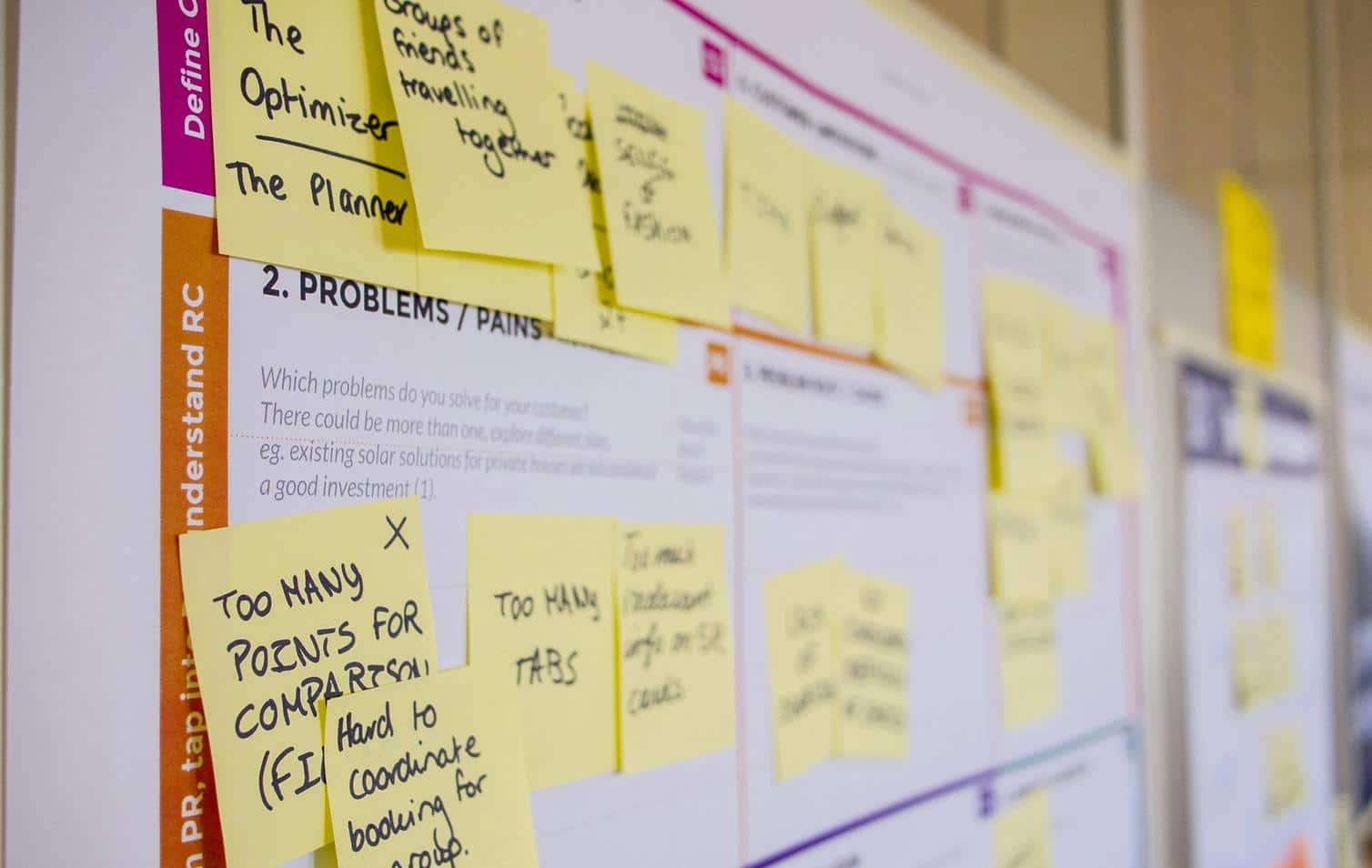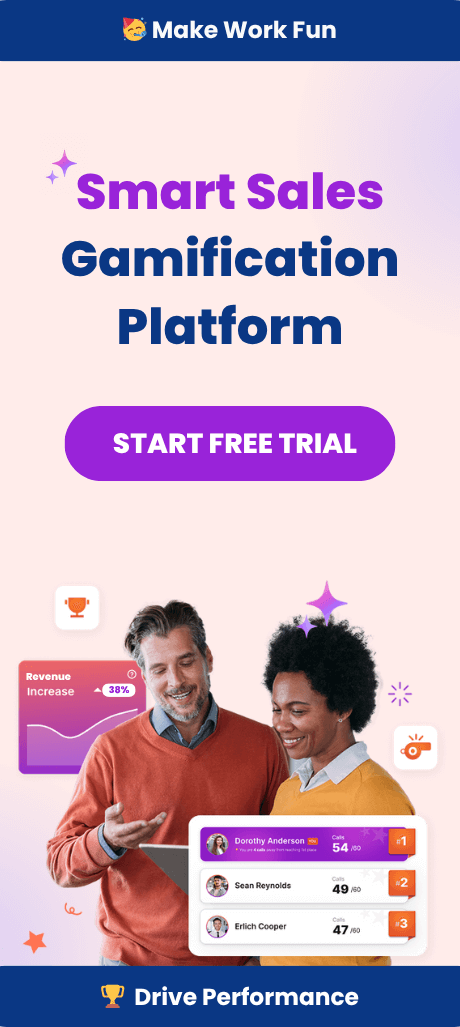Why Digital Leaderboards Matter in a Connected Workplace
Over the past decade, the concept of leaderboards has evolved from simple sales charts and whiteboards to the sleek, digital dashboards now found in high-performing teams. This transformation is not arbitrary but a response to the growing need for real-time visibility, recognition, and motivation in dynamic work environments. Modern digital leaderboards are no longer just displays of top performers—they are vital catalysts for engagement, culture, and sustained achievement, especially as work becomes increasingly digital and distributed.
The Shift from Analog to Digital Motivation

Executives and people leaders have observed a crucial trend: analog methods—static posters, spreadsheets, or emailed updates—fail to engage today’s workforce. Digital leaderboards fill this gap by providing a transparent, instantly updated, and visually engaging performance narrative for both remote and onsite teams. Incorporating automated data streams from CRM systems and other business platforms, these tools create a constant feedback loop. Individuals not only see where they stand but also how they progress towards shared goals, fueling a continuous sense of purpose and action.
Defining the Digital Leaderboard Experience
What sets a digital leaderboard apart is its ability to make performance data accessible, social, and motivating across an organization. Features like real-time updates, customizable views, and integrated gamification tools offer both macro and micro-level performance visibility. High-value implementations go beyond mere ranking, creating a narrative that celebrates milestones and effort at every level. Managers become coaches, leveraging these platforms to guide instead of just surveil, and individuals find renewed drive through transparent achievement metrics.
Key Characteristics of Effective Digital Leaderboards:
- Customizable Leaderboard views tailored to individual, team, or departmental goals
- Integration with primary data sources (CRM, sales dashboards, support tickets)
- Social elements—recognition badges, celebration prompts, and announcements
- Performance trend visualization, not just static ranking
- Accessibility for remote, hybrid, and in-office workers
These features combine to ensure leaderboards become empowering tools, not just pressure devices. As highlighted in Customizable Leaderboards Drive Engagement, such flexibility shapes more inclusive and impactful team competitions.
Unlocking Engagement Through Visibility
Visibility is a fundamental motivator. In distributed teams, clear understanding of where one stands turns ambiguity into clarity, which directly influences individual and group effort. Digital leaderboards deliver that clarity by visualizing goals, current standings, and historical progress at any moment. They also support psychological engagement theories—the visible progress loop, instant small wins, and peer acknowledgment—all increase intrinsic motivation. Leaders who leverage digital platforms see sharper goal alignment and increased discretionary effort.
The Science Behind Leaderboard Motivation

Behavioral science supports the idea that transparent, public progress is a strong intrinsic motivator. Research into gamification and performance psychology suggests visible metrics tap into healthy competition, peer learning, and personal accountability. But there’s a critical nuance: leaderboards should celebrate improvements and effort, not just top performance. The risk with old-school ranking is a sense of futility among the lower half of the board, but digital platforms provide ways to highlight personal bests, team streaks, and meaningful upward movement. These psychological triggers reduce demotivation and encourage lasting engagement.
Navigating the Potential Pitfalls of Digital Leaderboards
Like any performance tool, digital leaderboards can backfire if poorly designed. Overemphasis on raw rankings can breed negative competition, discourage collaboration, and marginalize mid- or lower-tier performers. Best-in-class solutions address this by:
- Including metrics other than sales totals—such as activity milestones, learning goals, or support tickets closed
- Facilitating multiple pathways for recognition—team awards, individual improvement, peer-nominated stars
- Allowing users to filter by cohort, timeframe, or achievement type
These choices are not just design tweaks; they reflect a philosophy of inclusive performance management. As detailed in Leaderboards Done Right: Avoiding the Pitfalls of Sales Competitions, thoughtful digital strategy prevents unhealthy dynamics and instead fosters psychological safety and belonging.
Digital Leaderboards in SaaS: Essential for Scale and Flexibility
SaaS companies, in particular, benefit profoundly from digital leaderboards. Rapid scaling, remote teams, and evolving product roadmaps demand a performance visibility layer that is both flexible and robust. With integrations available for nearly any cloud-based platform—CRMs, support desks, collaboration suites—SaaS organizations build culture and momentum without geographical barriers. This not only boosts business KPIs but also creates a sense of community in dispersed teams.
Connecting Employee Engagement to Measurable Results

The connection between employee engagement and company outcomes is no longer theoretical. Gartner and Gallup data consistently show that engaged employees outpace disengaged peers in productivity, retention, and innovation. Digital leaderboards, as part of a larger employee engagement platform, provide real-time signals of collective progress. They facilitate targeted coaching and enable quick course correction, supporting both individual and organizational performance.
For more on how engagement and performance intertwine, see Understanding the Link Between Engagement and Performance.
Driving Behavior Change Through Gamification
Gamification is the engine that powers the most effective digital leaderboards. Techniques such as point scoring, badges, and progress bars are more than just digital ornaments—they are practical levers for driving sustained behavior change.
- Goal Setting: Interactive boards encourage breaking down ambitious goals into achievable steps, tracked live and celebrated as each is reached.
- Instant Feedback: Employees receive feedback on progress in real time, increasing self-efficacy and motivation to keep advancing.
- Social Proof: Public recognition reinforces positive behavior and encourages healthy peer dynamics.
By embedding these gamification elements directly in performance dashboards, companies can make intangible concepts like effort, improvement, and collaboration tangible and actionable. The cumulative effect: stronger performance cultures, higher morale, and more resilient teams.
The Role of Customizable Leaderboards in Company Culture
No two organizations are identical, and digital leaderboards must reflect unique priorities. The ability to customize what’s displayed—be it customer satisfaction scores, product demos completed, or training hours logged—keeps relevance high. Executives can align the leaderboard’s focus with quarterly strategies or mission-critical KPIs, ensuring every metric tracked supports broader company ambitions.
This adaptability is especially potent in organizations undergoing transformation or scale—leaderboards quickly pivot as company priorities and teams evolve. For deeper insight into culture-building with digital tools, Building Culture Through Digital Leaderboards offers comprehensive strategies for leaders.
What to Look for in a Digital Leaderboard Solution
The marketplace of digital leaderboards and employee gamification software is full of choices. When evaluating options, executives should prioritize:
- Ease of integration with existing business systems
- User-friendly dashboards and drill-down analytics
- Mobile accessibility for distributed workforces
- Support for both manager-facing and employee-facing features
- Compliance, security, and data privacy standards
Leading providers often offer tailored demos to showcase these features in your existing workflow. Book a demo to see how Spinify customers embed digital leaderboards in daily rituals, strategy meetings, and ongoing performance tracking.
Implementing Digital Leaderboards: Steps to Success
Introducing digital leaderboards is not a plug-and-play initiative. Success hinges on careful change management and communication, including:
- Aligning leaderboard goals with business objectives
- Training managers and employees on the benefits and use of the platforms
- Gathering feedback and iterating on leaderboard logic as goals evolve
These steps help teams build trust, understand intent, and ensure widespread adoption. Leaders who trial new solutions before enterprise-scale rollout, such as through free or pilot platforms, gain valuable insights and internal advocates. For a hands-on introduction to digital leaderboards, consider exploring platforms that offer free trials before committing.
Forecasting the Next Era: AI and Leaderboard Evolution
The immediate future of digital leaderboards is already taking shape. Artificial Intelligence, once a distant ambition, now personalizes performance analysis and coaching—automating nudges, surfacing actionable insights, and tailoring recognition to each contributor’s style. AI holds potential to move leaderboards from static ranking tools to adaptive platforms that predict and motivate optimal behavior. Savvy executives will monitor these advances closely, ensuring technology adoption remains anchored in organizational culture and long-term performance goals.
Conclusion: Creating a Legacy of Performance and Engagement
Digital leaderboards represent more than dashboards—they are foundational frameworks for shaping culture, engagement, and business results. Their positive impact, when thoughtfully designed and implemented, creates visible progress, purposeful recognition, and a community bound by shared goals. For today’s sales and executive leaders, their relevance will only grow: the organizations that master digital performance visibility will outpace those still relying on outdated approaches.



